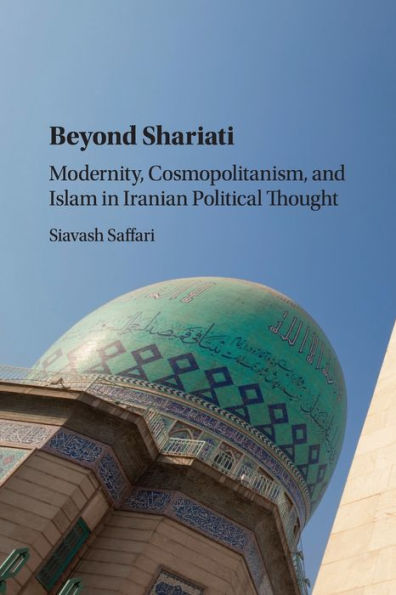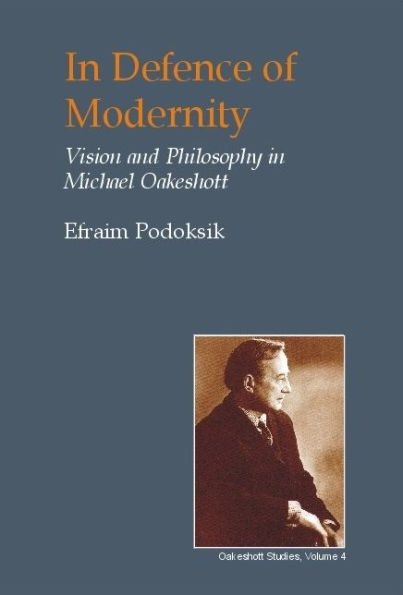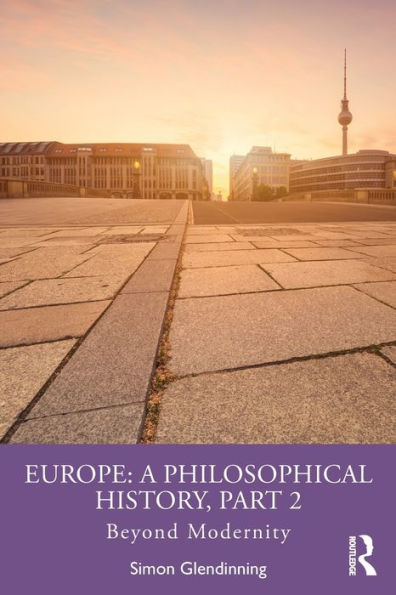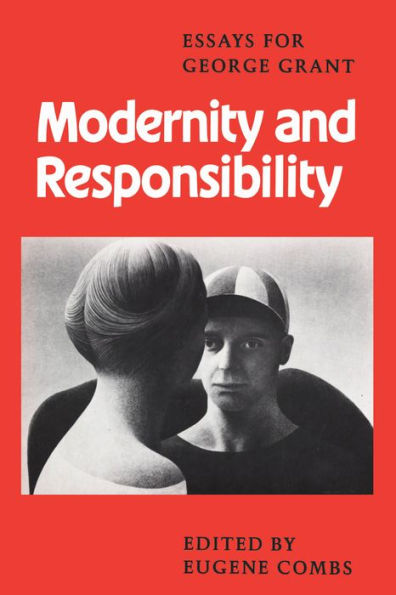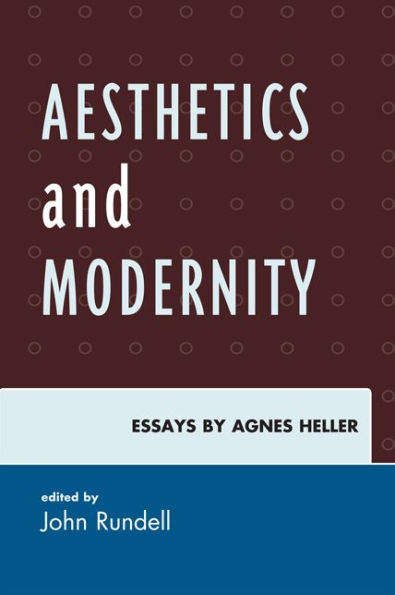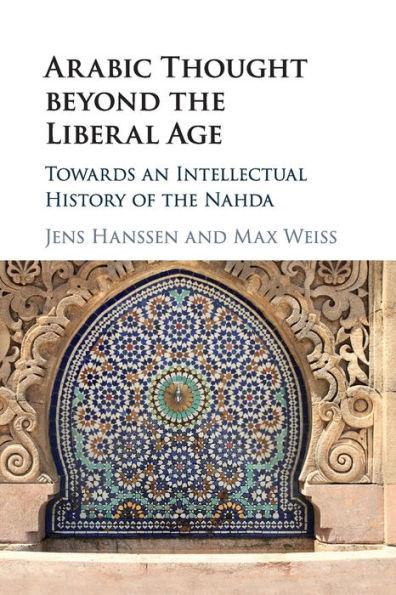Home
Hasidism Beyond Modernity: Essays Habad Thought and History
Barnes and Noble
Loading Inventory...
Hasidism Beyond Modernity: Essays Habad Thought and History in Bloomington, MN
Current price: $65.45


Hasidism Beyond Modernity: Essays Habad Thought and History in Bloomington, MN
Current price: $65.45
Loading Inventory...
Size: Hardcover
The Habad school of hasidism is distinguished today from other hasidic groups by its famous emphasis on outreach, on messianism, and on empowering women.
Hasidism Beyond Modernity
provides a critical,
thematic study of the movement from its beginnings, showing how its unusual qualities evolved. Topics investigated include the theoretical underpinning of the outreach ethos; the turn towards women in the twentieth century; new attitudes to non-Jews; the role of the individual in the hasidic collective; spiritual contemplation in the context of modernity; the quest for inclusivism in the face of prevailing schismatic processes;
messianism in both spiritual and political forms; and the direction of the movement after the passing of its seventh
rebbe
,
Rabbi Menachem Mendel Schneerson, in 1994. Attention is given to many contrasts:
pre-modern, modern, and postmodern conceptions of Judaism; the clash between maintaining an enclave and outreach models of Jewish society; particularist and universalist trends; and the subtle interplay of mystical faith and rationality.
Some of the chapters are new; others, published in an earlier form, have been updated to take account of recent scholarship. This book presents an in-depth study of an intriguing movement which takes traditional hasidism beyond modernity.
Hasidism Beyond Modernity
provides a critical,
thematic study of the movement from its beginnings, showing how its unusual qualities evolved. Topics investigated include the theoretical underpinning of the outreach ethos; the turn towards women in the twentieth century; new attitudes to non-Jews; the role of the individual in the hasidic collective; spiritual contemplation in the context of modernity; the quest for inclusivism in the face of prevailing schismatic processes;
messianism in both spiritual and political forms; and the direction of the movement after the passing of its seventh
rebbe
,
Rabbi Menachem Mendel Schneerson, in 1994. Attention is given to many contrasts:
pre-modern, modern, and postmodern conceptions of Judaism; the clash between maintaining an enclave and outreach models of Jewish society; particularist and universalist trends; and the subtle interplay of mystical faith and rationality.
Some of the chapters are new; others, published in an earlier form, have been updated to take account of recent scholarship. This book presents an in-depth study of an intriguing movement which takes traditional hasidism beyond modernity.
The Habad school of hasidism is distinguished today from other hasidic groups by its famous emphasis on outreach, on messianism, and on empowering women.
Hasidism Beyond Modernity
provides a critical,
thematic study of the movement from its beginnings, showing how its unusual qualities evolved. Topics investigated include the theoretical underpinning of the outreach ethos; the turn towards women in the twentieth century; new attitudes to non-Jews; the role of the individual in the hasidic collective; spiritual contemplation in the context of modernity; the quest for inclusivism in the face of prevailing schismatic processes;
messianism in both spiritual and political forms; and the direction of the movement after the passing of its seventh
rebbe
,
Rabbi Menachem Mendel Schneerson, in 1994. Attention is given to many contrasts:
pre-modern, modern, and postmodern conceptions of Judaism; the clash between maintaining an enclave and outreach models of Jewish society; particularist and universalist trends; and the subtle interplay of mystical faith and rationality.
Some of the chapters are new; others, published in an earlier form, have been updated to take account of recent scholarship. This book presents an in-depth study of an intriguing movement which takes traditional hasidism beyond modernity.
Hasidism Beyond Modernity
provides a critical,
thematic study of the movement from its beginnings, showing how its unusual qualities evolved. Topics investigated include the theoretical underpinning of the outreach ethos; the turn towards women in the twentieth century; new attitudes to non-Jews; the role of the individual in the hasidic collective; spiritual contemplation in the context of modernity; the quest for inclusivism in the face of prevailing schismatic processes;
messianism in both spiritual and political forms; and the direction of the movement after the passing of its seventh
rebbe
,
Rabbi Menachem Mendel Schneerson, in 1994. Attention is given to many contrasts:
pre-modern, modern, and postmodern conceptions of Judaism; the clash between maintaining an enclave and outreach models of Jewish society; particularist and universalist trends; and the subtle interplay of mystical faith and rationality.
Some of the chapters are new; others, published in an earlier form, have been updated to take account of recent scholarship. This book presents an in-depth study of an intriguing movement which takes traditional hasidism beyond modernity.



